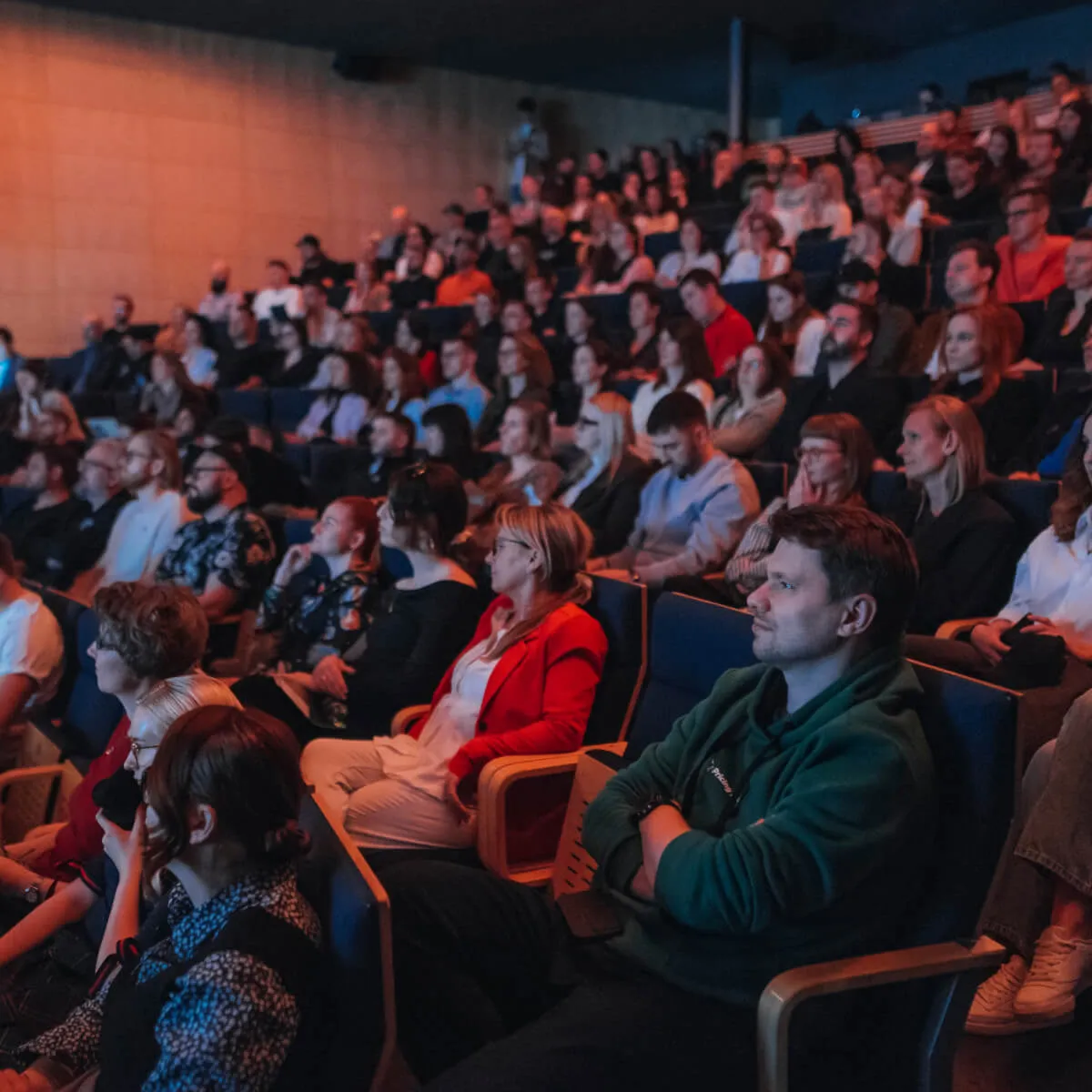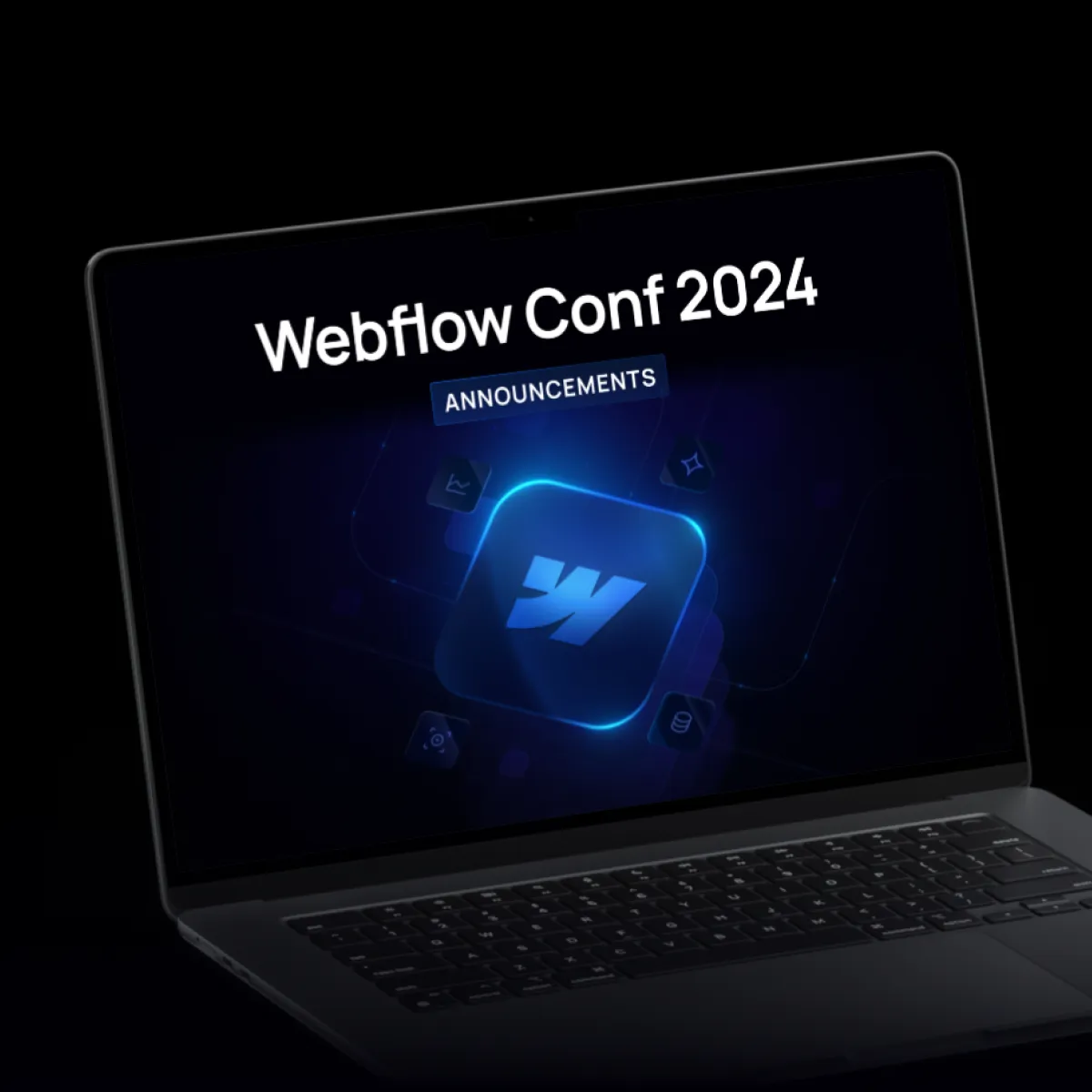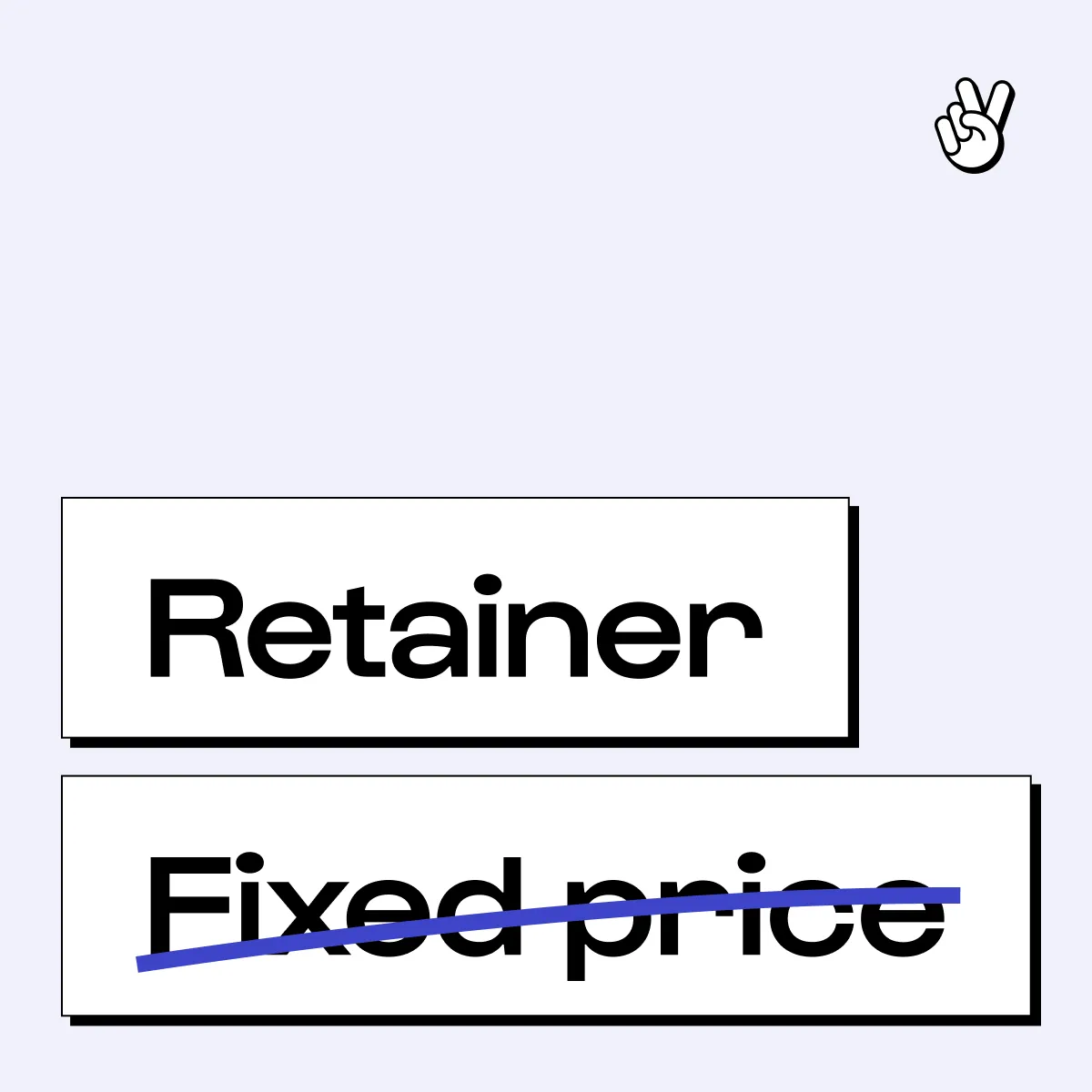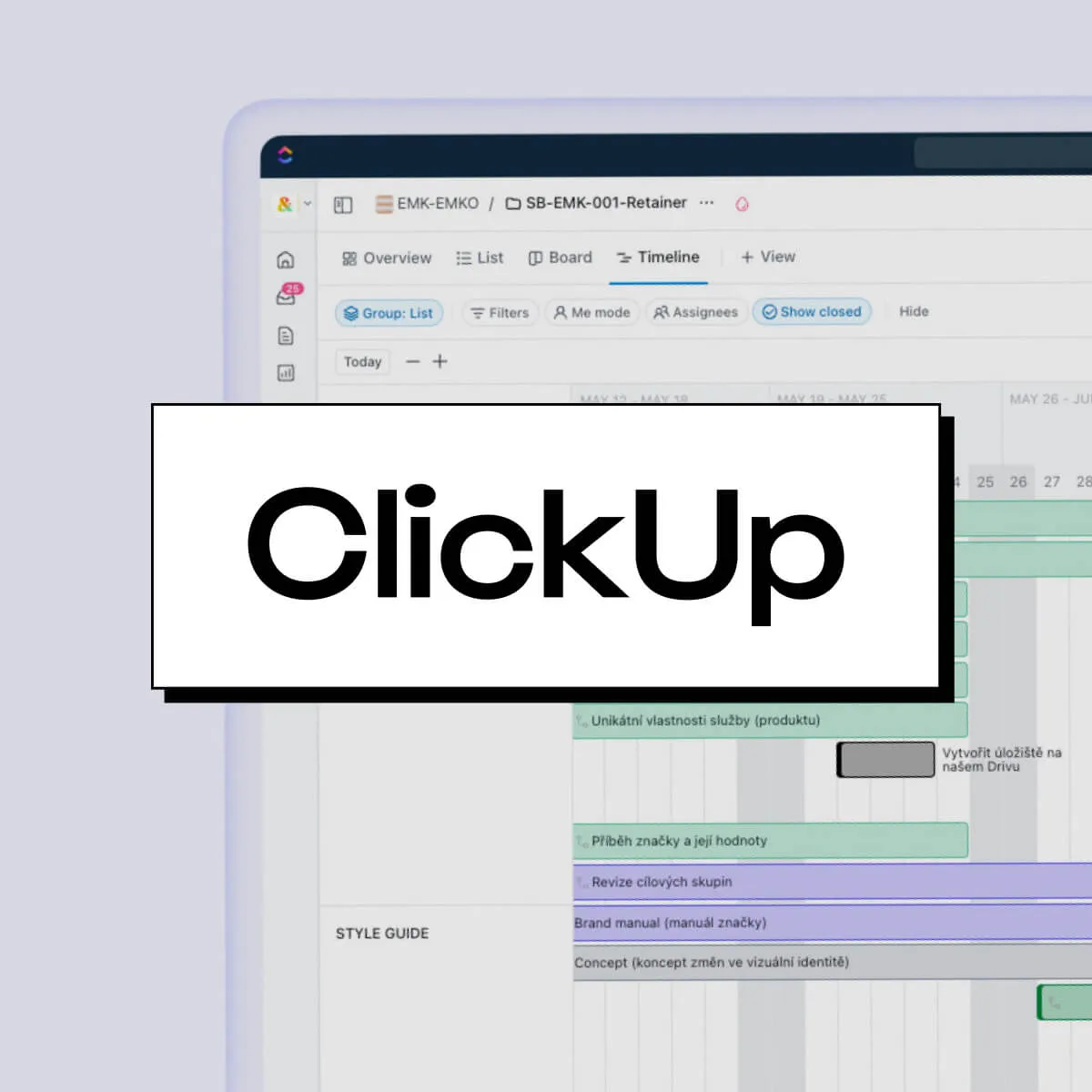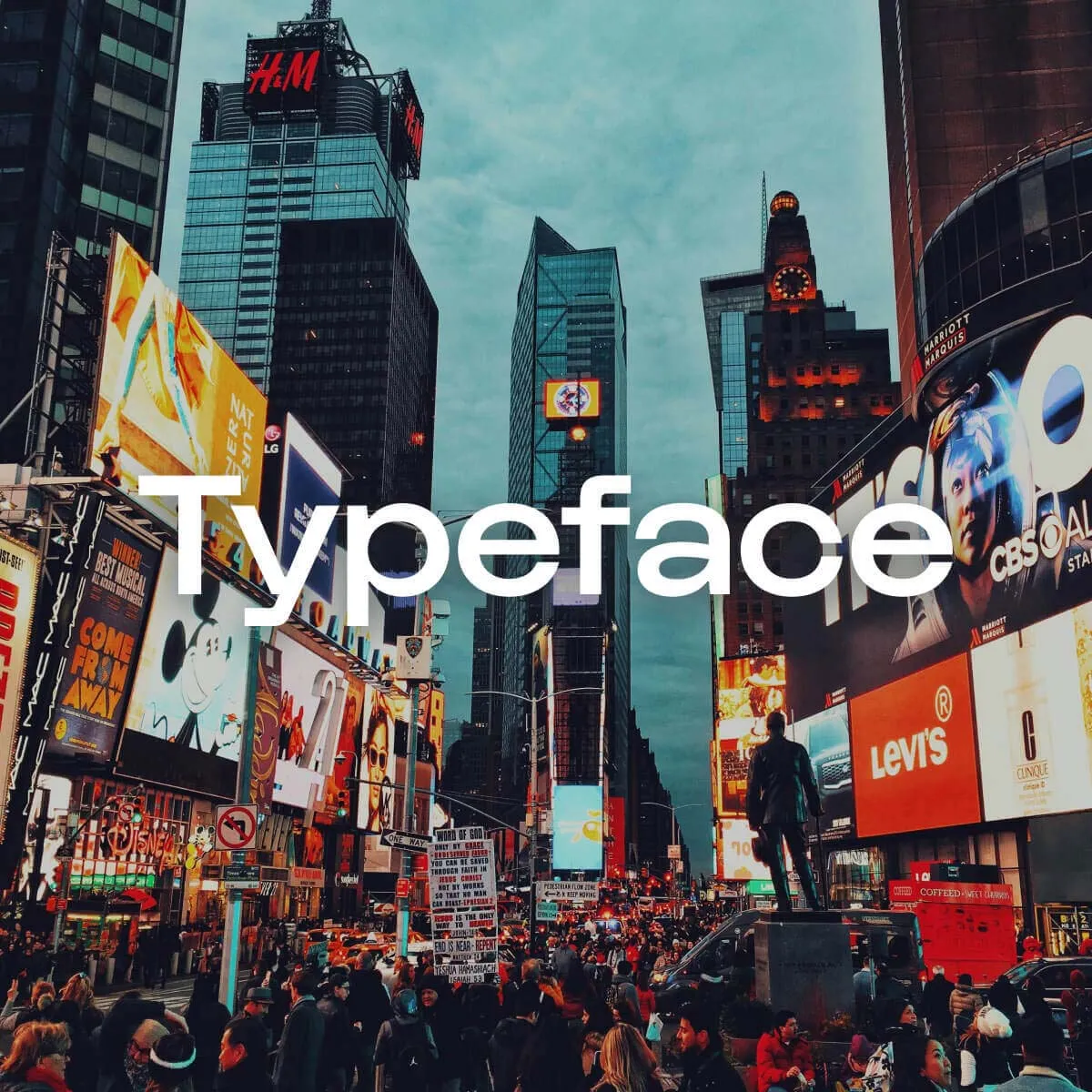In mid-September, Webflow Conf 2025 introduced several new tools that take collaboration and creativity in no-code website building to the next level.
The updates aren't just exciting for designers and developers – many of them also benefit clients by simplifying teamwork and creating more room for efficient, creative web design.
What we'll use this year
We'll get access to tools that improve the day-to-day work of designers and developers while strengthening collaboration across teams.
AI assistant
By the end of the year, all Webflow users will gain access to the AI assistant directly within the Designer. The assistant should be able to generate entire sections of a website, add interactions, or create new styles based on text prompts – or even from a hand-drawn wireframe.
Because it's built directly into Webflow, it should understand the context of the project better than external AI tools.
Real-time collaboration
Until now, two developers couldn't work on the same Webflow project simultaneously, which limited collaboration for mid-sized marketing teams.
The new Real-time collaboration feature – which we've already tested in beta – marks a major milestone. From the end of the year, teams will be able to work on the same page at the same time and instantly see each other's changes. No more waiting for someone to “finish their part”.
Another great addition is comment-only-links, which let you you share a test version of a site for feedback – even with clients who don't have a Webflow account. That said, we'll continue using MarkUp for feedback since it works with any website, not just those hosted on Webflow.
AI SEO and AEO
[.c-tipboxlight] AEO — Answer (or Agentic) Engine Optimization refers to optimizing websites for artificial intelligence systems. [.c-tipboxlight]
The new AI features can suggest meta titles, alt text, and schema markup based on your content. It can also adjust FAQs in your CMS to better answer questions from both users and chatbots. According to Webflow, AI-driven search traffic can convert up to 6 times better (and according to Ahrefs even 23 times better) than traditional search engine traffic.
You can now test how well your website is optimized for AI directly on Webflow and get some tips for improvement.
GSAP interactions update
Last year's GSAP integration made animations in Webflow much easier to manage thanks to a new horizontal timeline. This year, the interface has been further improved with:
- breakpoints support (allowing you to adjust animations for different screen sizes),
- page scoping, which restricts animations to specific pages, and
- better accessibility features (animations now respect browser settings).
Integration for Lottie animations is expected by the end of the year.
Webflow Analyse
This affordable add-on (starting at $9/month) now provides deeper insight into visitor behavior with heatmaps and click activity tracking.
We were also pleased to see enhanced goal reporting, which lets you monitor and compare goal performance over time – revealing which pages and traffic sources contribute most to results. Traffic from AI-driven sources such as ChatGPT, Claude or Perplexity will appear in its own category, helping you better understand how these channels perform.
Webflow Optimize
The latest version of this tool (starting at $299/month) makes experimenting and A/B testing faster and smarter. AI automatically generates content variants – like headings or CTAs – and you can apply the winning version to your site with a single click.
Webflow Optimize now also works for sites outside of Webflow and connects with Webflow Analyze, allowing you to track test results alongside business goals and traffic sources – including the new AI traffic overview.
Forms
By the end of the year, you’ll be able to configure form notifications individually (instead of site-wide), which is especially useful for larger projects with multiple form types. A new spam inbox will also be introduced, making it easy to review and recover any messages mistakenly flagged as spam.
Next-gen CMS
Webflow has introduced a completely redesigned CMS architecture with a new API that expands content management possibilities and improves publishing reliability.
By the end of 2025, all users will be able to manage up to 40 collections (2x more than before), 10 nested collections per page (5x more), 100 items per nested item (10x more), and unlock multi-level nesting up to three layers deep.
What's coming next year
AI-generated web applications
By early 2026, it will be possible to create entire web applications directly in Webflow – from dashboards to calculators to booking systems – using simple text prompts.
These applications will run directly on Webflow Cloud and integrate seamlessly with your design system and CMS of the project. Unlike external generators such as Lovable or Macaly, you won't need to handle additional hosting or worry about inconsistent visual style.
Other notable updates
Cloudflare partnership
All Webflow sites now run on Cloudflare’s global network, offering better performance and stronger security.
Code components
You can now import React components directly into Webflow and edit them via predefined properties and variants. (Next year, Webflow plans to add the ability to generate components with the AI Assistant.)
Component canvas
A place showing all components and their variants across your site will be available by the end of 2025.
Community and Marketplace
Webflow is launching a new community home page – a central place for inspiration, sharing, and connecting creators.
For template authors, the Webflow commission drops to 5%, and they can now sell their templates outside of the official Webflow Marketplace.
Webflow University is also being revamped with new courses and a clearer structure. Meanwhile, The Webflow Way continues to offer beautifully organized educational resources, and the Global Leaders Program is getting an update as well.
Conclusion
Webflow is evolving beyond a classic “website builder” into a comprehensive platform powered by AI, real-time collaboration, and advanced optimization tools. It’s moving closer to becoming a unified ecosystem where designers, developers, and marketers can collaborate – from design to launch to analytics – all in one place.
As every year, Webflow continues to remove barriers that stand in the way of efficient, collaborative website creation with our clients.



